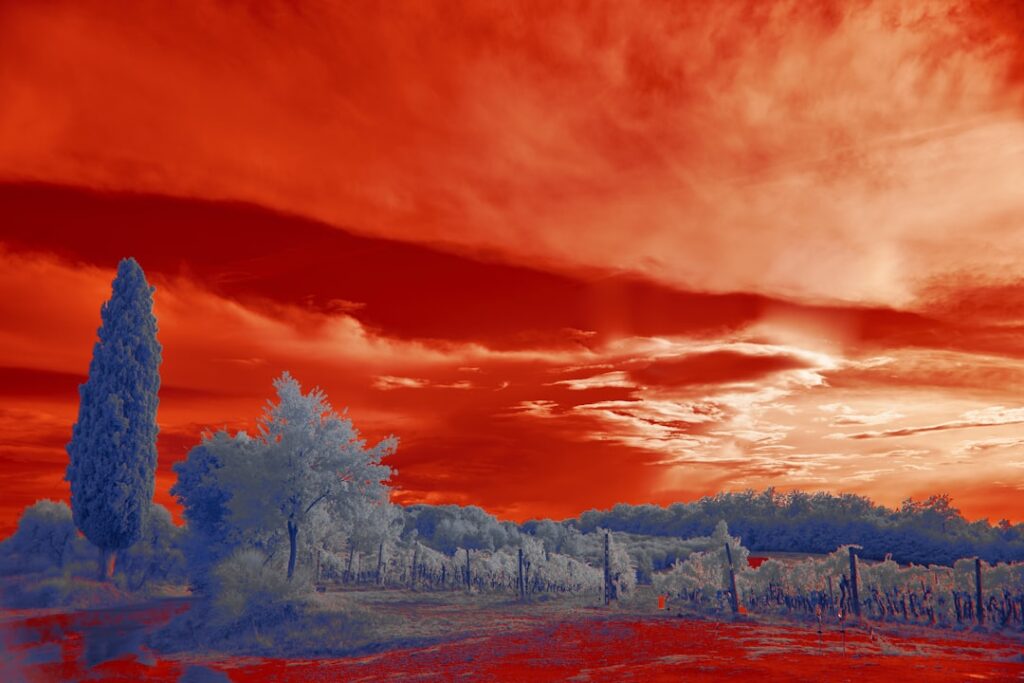Picture this. You’re standing on Earth sixty-six million years ago when suddenly a brilliant white light appears in the sky. Within moments, that light transforms into something unprecedented – a glowing red dome stretching across the heavens. This wasn’t science fiction. This was the terrifying reality of what happened when a massive asteroid slammed into the Yucatan Peninsula, creating what we now know as the Chicxulub crater.
You might wonder how scientists can be so certain about the color of the sky from an event that happened millions of years before humans existed. The answer lies in sophisticated computer models and our understanding of atmospheric physics that paint a vivid picture of one of Earth’s most catastrophic days.
The Moment of Impact Created an Atmospheric Catastrophe
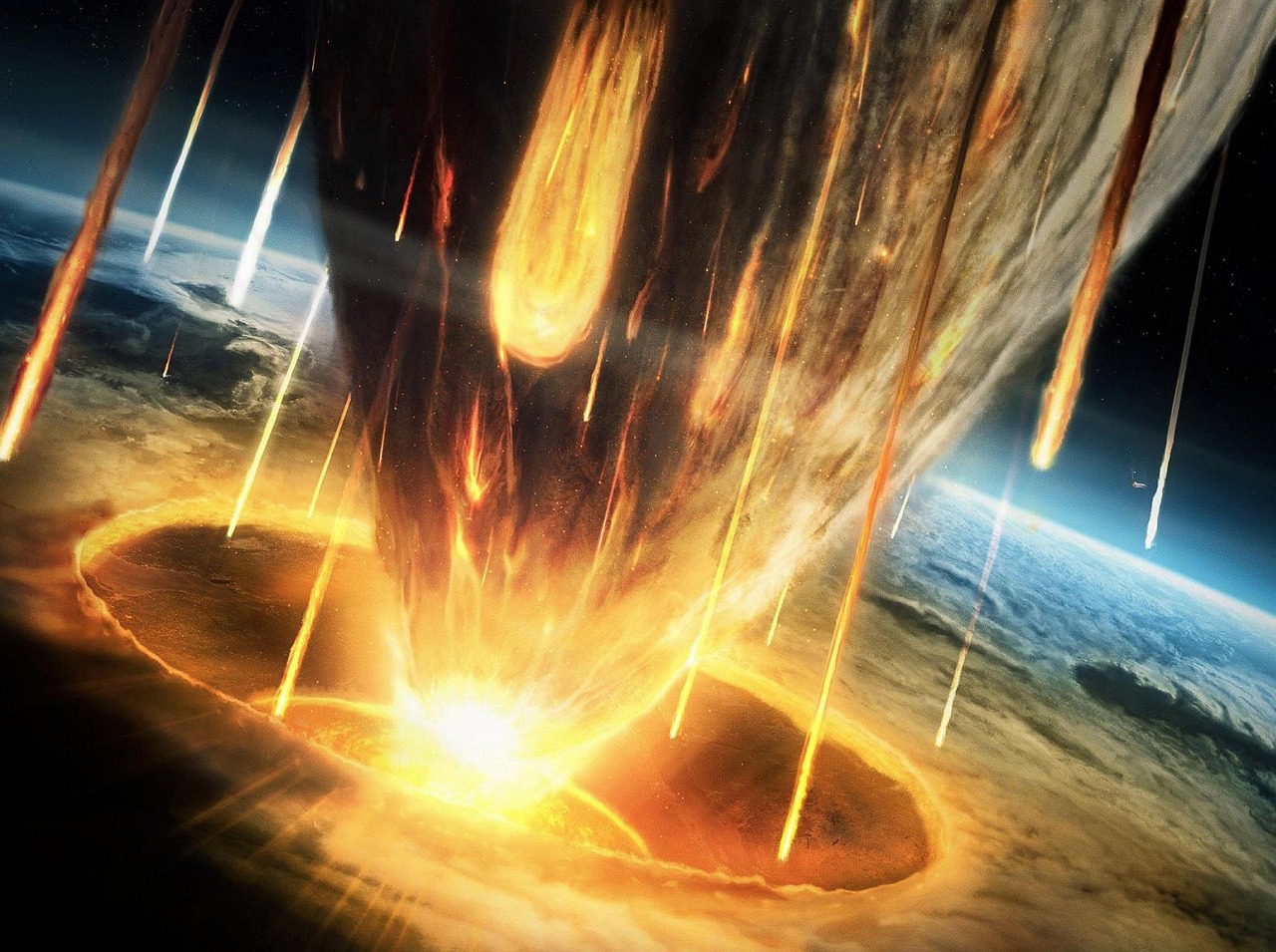
When the Chicxulub asteroid struck Earth, it produced as much explosive energy as 100 teratons of TNT, 4.5 billion times the explosive power of the Hiroshima atomic bomb. The asteroid, nearly 10 kilometers across, hit at an estimated speed of 20 kilometers per second at a relatively steep angle of between 45 and 60 degrees to the Earth’s surface.
The impact blasted a cavity approximately 180-200 km wide and 20 km deep, accompanied by a massive plume of 25 trillion metric tons of molten material shooting up into the atmosphere, with temperatures several times hotter than the surface of the sun. Think about that for a moment – material hotter than our sun suddenly appeared in Earth’s atmosphere.
Vaporized Rock Created the Red Sky Phenomenon
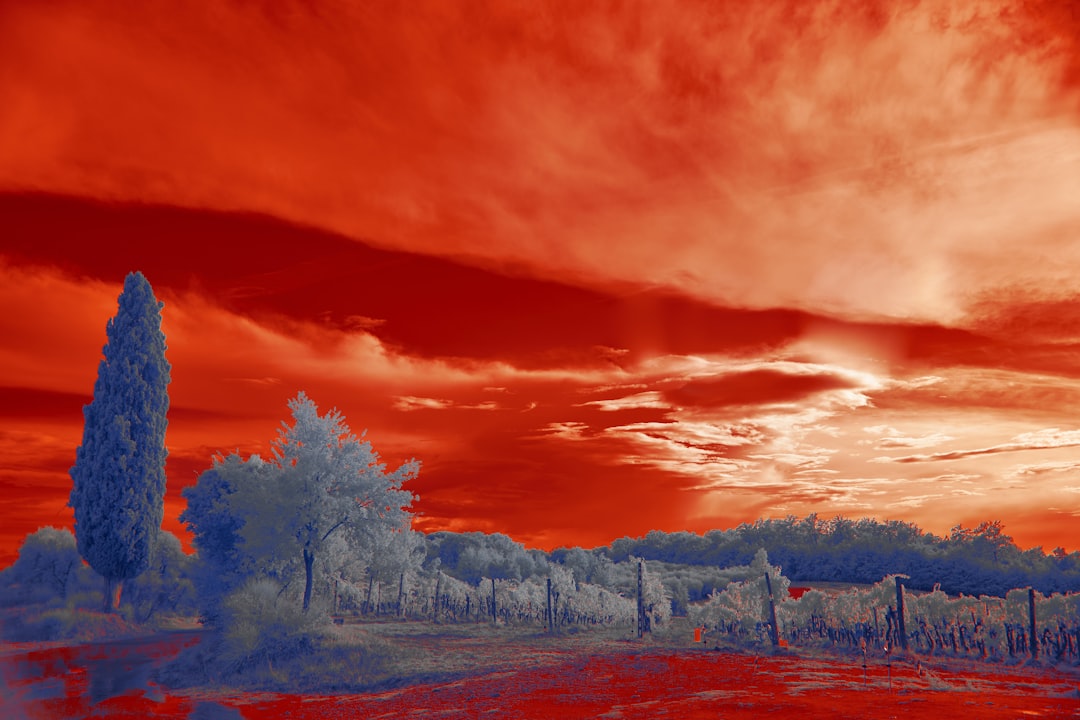
The conditions leading to the global firestorm were set up by the vaporization of rock following the impact, which condensed into sand-grain-sized spheres as they rose above the atmosphere. This wasn’t just any ordinary debris – it was superheated material that would fundamentally change how our planet looked from below.
As the ejected material re-entered Earth’s atmosphere, it dumped enough heat in the upper atmosphere to trigger an infrared ‘heat pulse’ so hot it caused the sky to glow red for several hours. The temperature reached roughly 2,700 degrees Fahrenheit, which explains why the atmospheric glow was so intense and distinctly red.
The Infrared Heat Pulse Mechanism Behind the Glow
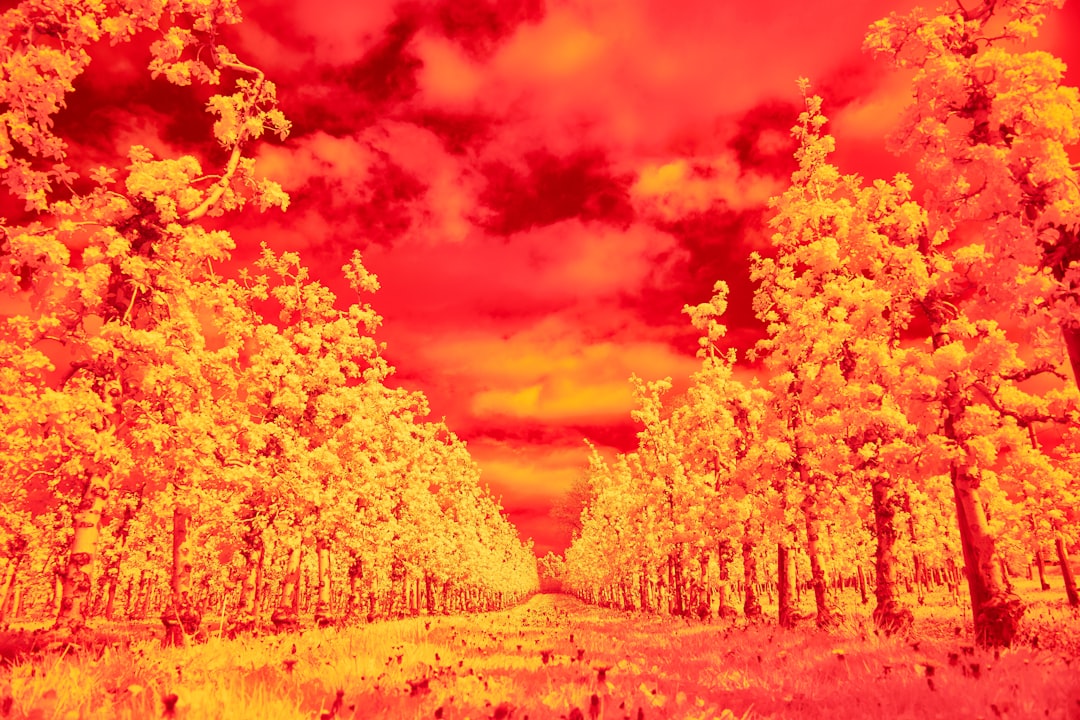
The red sky wasn’t just a visual spectacle – it was a deadly heat source. The infrared radiation from the upper atmosphere reached Earth’s surface to create searing conditions that likely ignited tinder, including dead leaves and pine needles. If a person was on Earth back then, it would have been like sitting in a broiler oven for two or three hours.
To put this in perspective, the total amount of infrared heat was equal to a 1 megaton bomb exploding every four miles over the entire Earth. The asteroid-Earth collision is thought to have generated about 100 million megatons of energy, making it one of the most energetic events in Earth’s history.
The Ballistic Reentry Process That Heated the Sky
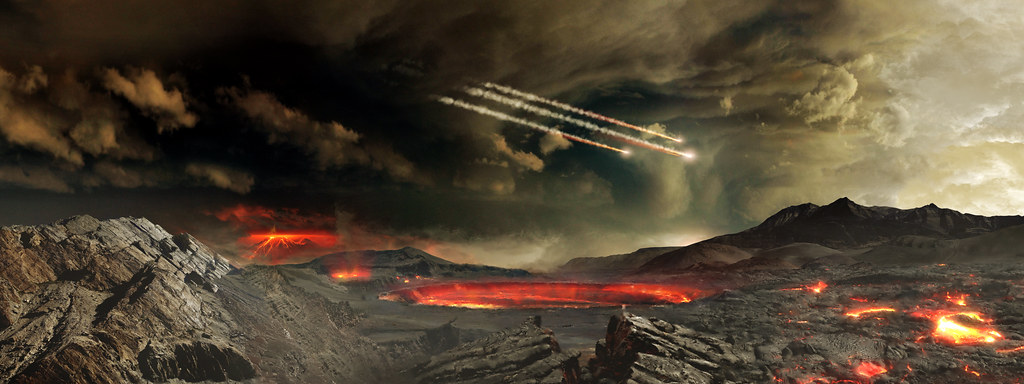
Material from the vaporized impactor and target rocks rose from the Chicxulub crater in a vapor-rich plume that accelerated through the Earth’s atmosphere and began to reaccrete to the top of the atmosphere on ballistic trajectories. As that material hurtled back into the atmosphere it heated the atmosphere, generating wildfires.
The material ejected from the impact through the hole in the atmosphere re-entered all over the globe and heated up from the friction with the atmosphere. The chunks of material were hot enough to produce a lot of infrared light. This global distribution meant that virtually every part of Earth experienced this red-sky phenomenon.
The Duration and Intensity of the Red Atmospheric Glow

The red glow wasn’t a brief flash – it lasted for hours. The hot ejected rock material dumped enough heat in the upper atmosphere to cause it to bake at 2,700 degrees Fahrenheit, turning the sky red for several hours. This extended duration made it even more deadly for life on Earth’s surface.
This infrared “heat pulse” acted like a broiler oven, igniting tinder below and cooking every twig, bush, tree and basically every living thing not shielded underground or underwater. The sustained heat would have been impossible for most surface-dwelling organisms to escape.
From Red Glow to Nuclear Winter Darkness

Once the red glow faded, an even more ominous phase began. After the red glow, the sky would darken as ash and debris swirling around the globe created a creeping twilight. The prevailing dimness caused by the dust cloud meant photosynthesis would have been dramatically reduced.
The atmosphere of the Earth was choked with dust, completely obscuring the surface of the Earth from sunlight and shutting down photosynthetic life systems. This transition from red heat to dark cold would have been devastating for ecosystems worldwide.
The Chemical Changes That Followed the Red Sky Event
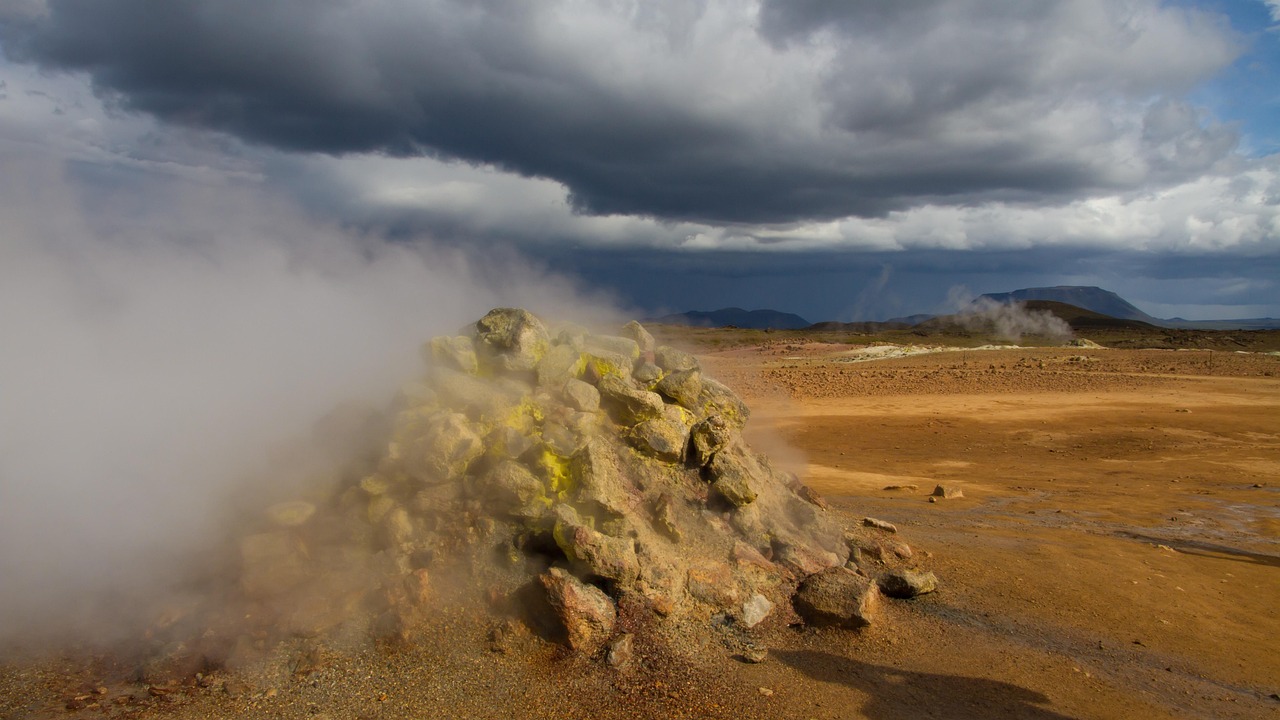
Because the Chicxulub impact occurred in a region with rocks composed of the mineral anhydrite, which is a calcium sulphate mineral, sulfur vapor was also injected into the stratosphere. That sulfur, reacting with water vapor, produced sulphate aerosols and eventually sulfuric acid rain.
The presence of extraordinary amounts of sulfur aerosols in the stratosphere slowly returned to Earth as acid rain and washed into shallow marine seas in the aftermath of the impact. These sulfur aerosols would have extended the duration of post-impact climate change, taking an already beleaguered biosphere to the brink of collapse.
Global Firestorms Triggered by the Red Sky
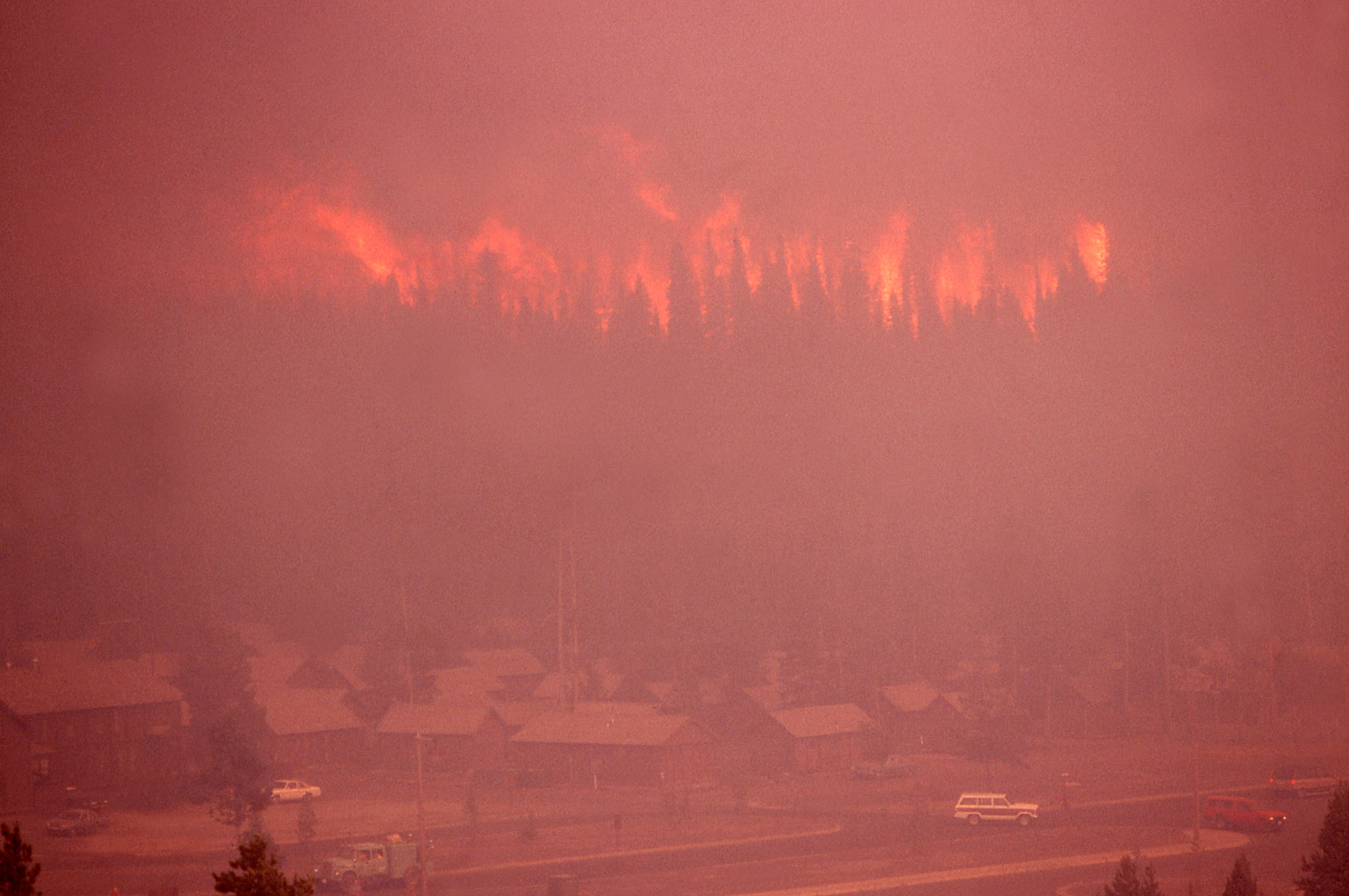
The Chicxulub asteroid may have triggered a global firestorm that would have burned every twig, bush and tree on Earth. The red-hot atmosphere wasn’t just a visual phenomenon – it was an ignition source for worldwide fires that would fundamentally reshape the planet’s surface.
The remainder of the ejected material would have rained down over North America, incinerating everything within a radius of more than 1,000 miles and causing wildfires in 70% of the world’s forests. These fires contributed to the massive amounts of soot that would later block sunlight for years.
The Long-Term Climate Effects That Started With the Red Sky

While the red sky marked the beginning of the climate catastrophe, its effects lasted much longer than those few terrifying hours. Global temperatures abruptly increased at the time of the impact by about 5 degrees Celsius and did not cool to previous values for roughly 30,000 to 50,000 years.
After the initial temperature spike, it plunged down for months to decades, because the huge amount of dust and soot thrown into the atmosphere by the impact blocked the sun’s rays. Eventually, however, carbon dioxide released during the impact led to global warming. This dramatic climate swing began with that red-hot sky on day one.
The red sky that appea was more than just a spectacular light show – it was the opening act of the most devastating extinction event in Earth’s recent history. The infrared heat pulse that created this crimson atmosphere literally cooked the planet’s surface, triggering global fires and setting in motion a chain of environmental changes that would eliminate three-quarters of all species, including the dinosaurs.
What strikes me most about this event is how quickly our planet’s entire atmosphere could be transformed. In just hours, the sky went from normal blue to deadly red to suffocating darkness. It makes you realize how fragile our atmospheric balance really is. What do you think would happen if a similar event occurred today? Tell us in the comments.

